Type of Tapes
The magnetic tape is a backup device regularly used for archiving and backup some data.
LTO (Linear Tape-Open)
LTO (Linear Tape-Open) is a magnetic tape backup technology that derives its name from its characteristic of being an open format. It was developed in the late 2000s by companies such as HP, IBM, and Seagate with the aim of providing a reliable and scalable data storage solution.
Starting from LTO-3, the LTO standard introduced an additional essential feature: data rewriting, known as WORM (Write-Once, Read-Many). This functionality allows users to permanently store data, preventing any subsequent modification or deletion of the information stored on the magnetic tape. WORM is particularly useful for industries that must comply with strict data retention regulations, such as legal compliance or long-term archival purposes.
With the advent of LTO-4, the LTO standard took another step forward by adding two major features: data encryption and encryption key management. This feature provides enhanced security when backing up sensitive data to magnetic tapes. The data is encrypted before being written to the tape, and only individuals with access to the appropriate decryption key can decrypt the stored information. This ensures data confidentiality, even in the event of theft or loss of the tape.
LTO-5 brought another significant advancement with the introduction of the Linear Tape File System (LTFS). This system allows the partitioning of the magnetic tape into different logical sections, similar to partitions on a hard drive. With LTFS, users can access the data stored on the magnetic tape in a more user-friendly manner, treating it as a regular file drive. This facilitates searching, extracting, and managing files on LTO tapes without the need for specific backup or recovery software.
In conclusion, LTO (Linear Tape-Open) technology offers an open magnetic tape backup solution developed by major industry players. The various versions of the LTO standard, starting from LTO-3, have introduced features such as WORM, data encryption and key management, as well as the LTFS file system. These features enhance the reliability, security, and usability of LTO tape backups, providing users with a flexible and scalable data storage solution to meet their specific needs.
Some LTO formats
The LTO (Linear Tape-Open) format has undergone significant evolution over the years, with more than nine different formats released since 2000. Each new version of the LTO format brings improvements and advanced features, offering users higher storage capacity, faster data transfer rates, and improved reliability.
In order to read the content of LTO tapes, it is crucial to have an appropriate reader that matches the format of the tape in question. LTO tape drives are generally backward compatible, which means they can read and write on tapes of previous formats.
Upward compatibility of LTO drives is usually guaranteed across multiple generations, which means that an LTO-8 drive, for example, can read LTO-7 tapes. Downward compatibility is limited, however, meaning that an LTO-8 drive cannot read tapes in earlier formats such as LTO-6 or LTO-5.
To ensure optimal reading and usage of LTO tapes, it is therefore essential to select the appropriate reader that matches the format of the tape you want to read or write.
Different LTO générations :
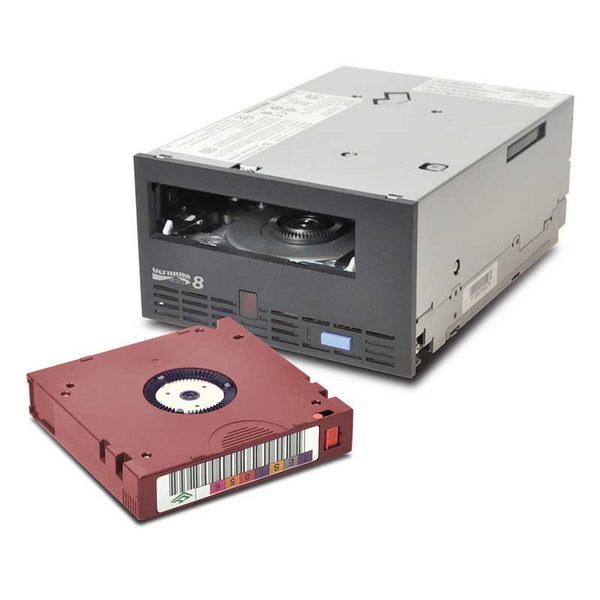
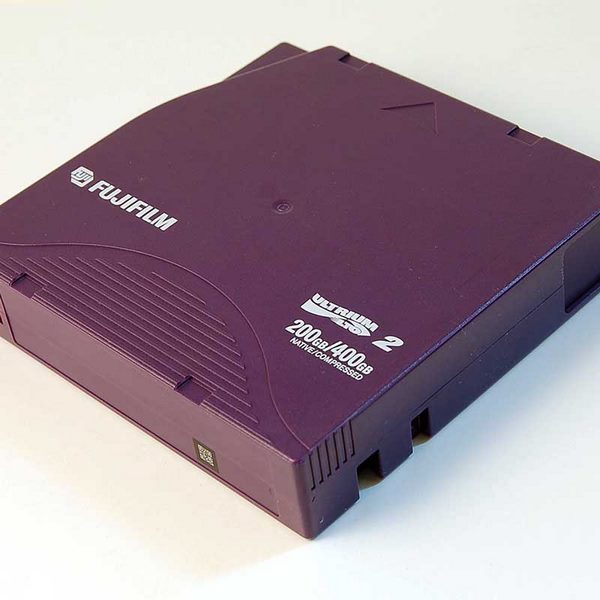
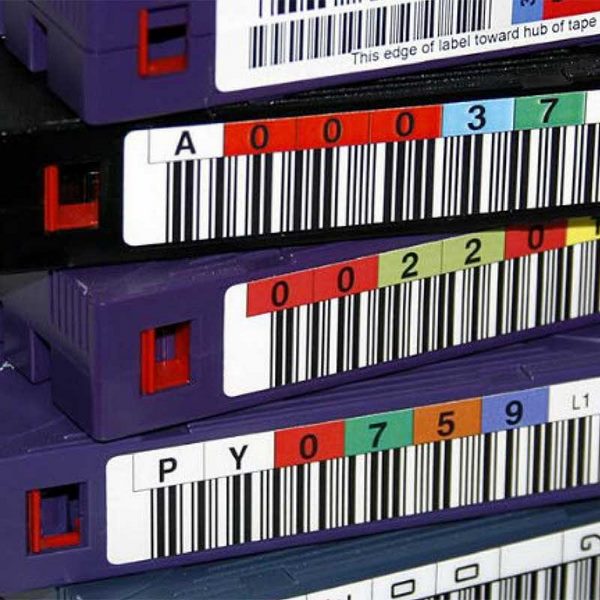



DAT (Digital Audio Tape)
DAT (Digital Audio Tape) originated as a digital cassette format for audio files. It was developed by Sony in the late 1980s with the aim of replacing traditional audio cassettes. DAT introduced significant improvements over analog tapes, offering better sound quality and greater storage capacity.
In partnership with HP, Sony also developed the DDS (Digital Data Storage) standard based on DAT technology. Although the physical mechanism is similar, the data encoding differs, allowing DAT to be used for digital data storage purposes.
Initially, the DAT format competed with other backup systems such as DLT (Digital Linear Tape) and LTO (Linear Tape-Open). These formats provided alternatives for data backup and archiving, but DAT stood out due to its native compatibility with audio files.
The DAT format utilizes two different tape types. DDS (Digital Data Storage) is the most commonly used format, offering storage capacities of several gigabytes. DataDAT, on the other hand, is a less widespread format that provides greater storage capacity and improved performance compared to DDS.
Despite the initial popularity of DAT in the audio industry, the advent of more advanced digital storage formats such as hard drives and flash media has gradually reduced its usage. However, DAT is still used in specific domains where audio quality and backward compatibility are crucial, such as professional recording, music production, and sound archives.
In conclusion, the DAT format was developed to provide an enhanced digital audio backup and storage solution compared to analog cassettes. It also evolved into the DDS standard for digital data storage. Although faced with competition from other backup formats, DAT continues to be used in specific fields where its audio quality and native compatibility are important factors.
DDS tapes
The DDS (Digital Data Storage) format is originally used with 3.8 mm format tapes. These tapes offer a reliable and cost-effective storage solution for data backup. The DDS format was developed in the 1990s as an alternative to traditional magnetic tapes, providing improved storage capacity and enhanced performance.
DDS tapes are designed to be used with DDS drives, which are specifically designed to read and write on these tapes. DDS drives are available in various capacities, ranging from the early DDS-1 models offering a storage capacity of a few gigabytes to newer versions like DAT 160 and DAT 320, which offer higher capacities.
DDS tapes are also known for their durability and reliability. They are designed to withstand various environmental conditions and provide protection against physical damage. This makes them an attractive option for long-term data backup and archiving.
In summary, DDS tapes were initially used with DDS drives for data backup. They offer reasonable storage capacity and compatibility across generations of DDS drives. However, with the advancement of storage technologies, their usage has declined, although they remain a reliable option for long-term preservation of critical data.
Tapes generations DAT
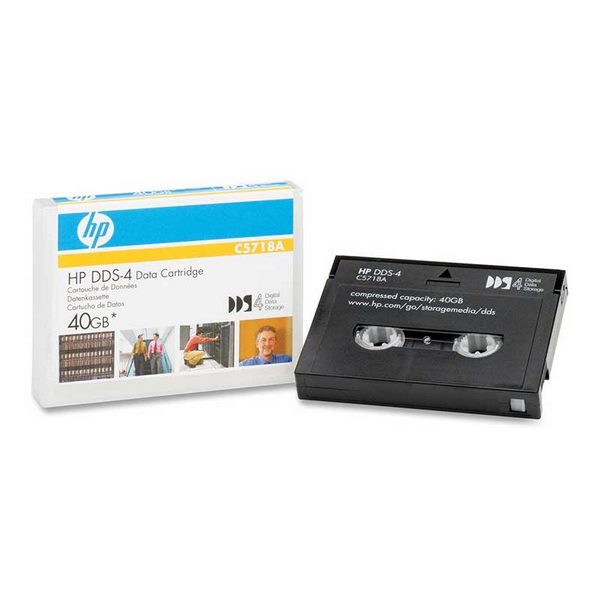
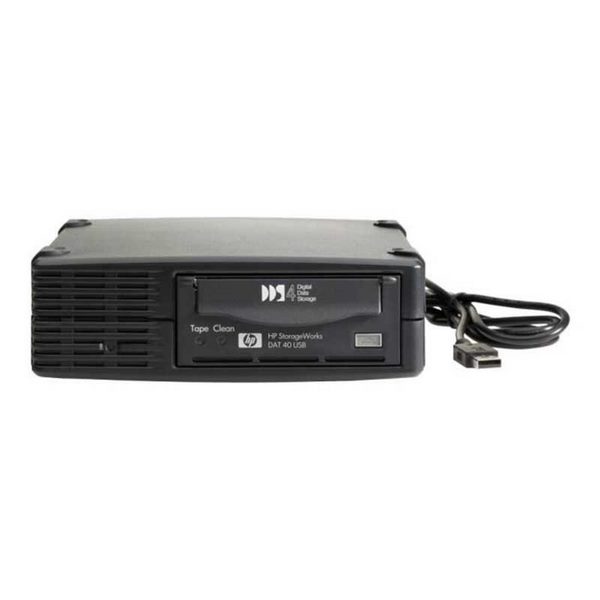
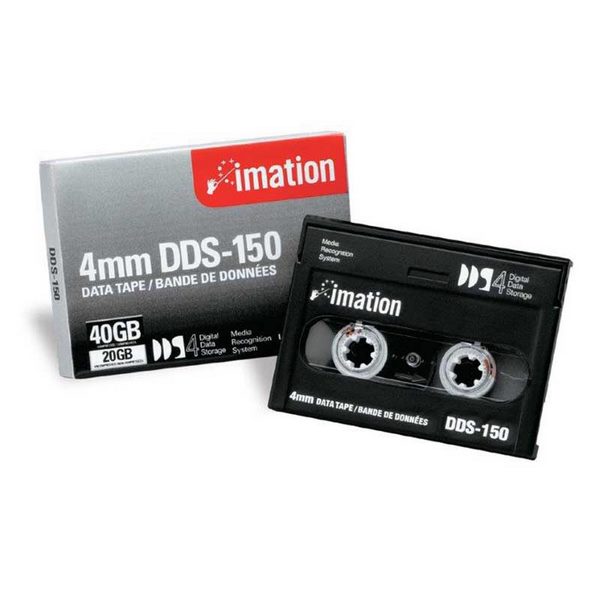



Super DLT (Super Digital Linear Tape)
SDLT is an evolution of DLT backups originally developed by Quantum. This backup format was designed to meet the growing needs for storage capacity and performance.
A key feature of SDLT lies in its head management using a laser beam called LGMR (Laser Guided Magnetic Recording). Unlike traditional DLT backups, SDLT utilizes both sides of the tape to store data, tracking information, and positioning optically. It is this side that is exploited by the laser beam to ensure increased precision in head positioning.
By utilizing the laser, SDLT offers greater precision in the positioning of the read/write heads, resulting in significant improvements in read and write performance. Additionally, this technology allows for increased storage capacity of SDLT cartridges.
SDLT and DLT cartridges have identical dimensions, measuring 105.7 mm in width x 105.4 mm in length x 25.4 mm in height. The tape length can vary from 557 to 630 meters, while the tape width remains the same for all formats at 12.7 mm.
In summary, Super DLT (SDLT) is an evolution of DLT backups, providing improved head management through the use of a laser beam. This technology enables greater head positioning precision and increased storage capacity. SDLT cartridges share the same dimensions as DLT cartridges, with variable tape lengths but a constant tape width.
Our company has the skills and resources necessary to ensure data recovery from SDLT media. With our expertise in data recovery and specialized equipment, we are able to offer reliable and efficient data recovery services for SDLT cartridges.
Feel free to contact us to discuss your data recovery needs on SDLT. Our team will be delighted to provide you with personalized advice and propose tailored solutions to retrieve your valuable information.
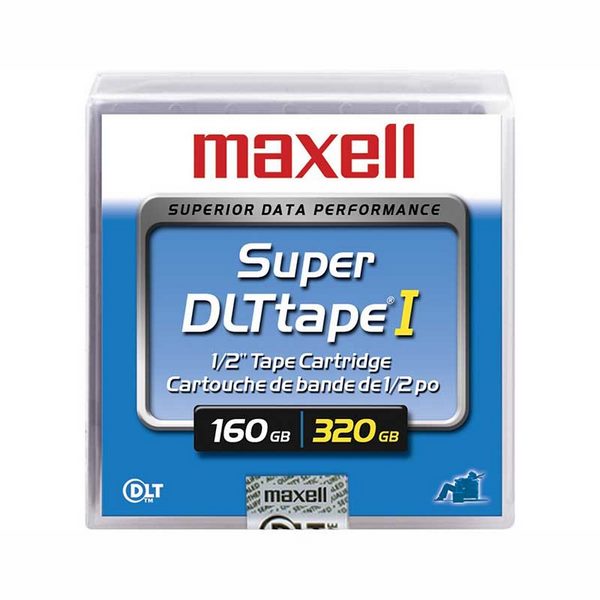
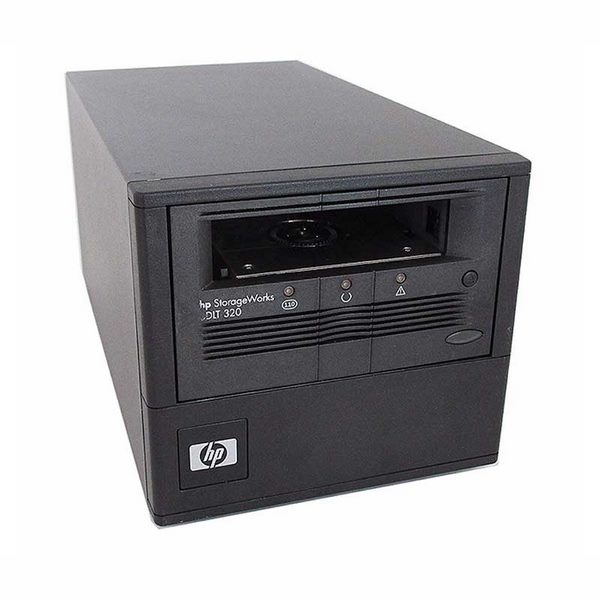
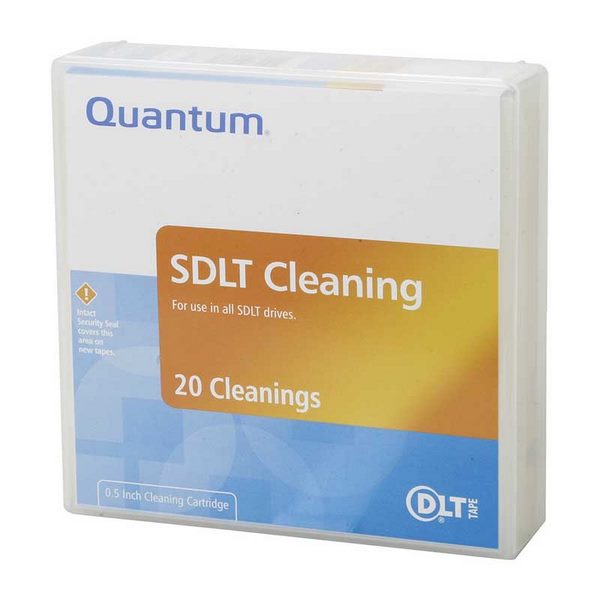



DLT (Digital Linear Tape)
Invented by Digital Equipment Corporation in 1984, this technique was acquired by Quantum Corporation in 1994. Since then, it has become one of the most popular and widely used backup formats in the industry.
DLT, or Digital Linear Tape, is a magnetic storage technology used for backing up and archiving data. It is based on the use of a linear magnetic tape, where data is recorded and read sequentially.
A higher-capacity variant was subsequently developed under the name Super DLT (SDLT).
In terms of capacity, DAT drives and the first DLT are equivalent. However, DLT stands out with a longer lifespan of the read/write heads. This means that DLT drives are designed to provide long-term performance and reliability, making them a preferred choice for applications that require intensive and continuous use.
DLT drives are equipped with six guides that ensure smooth tape movement. These guides ensure excellent contact between the tape and the read/write heads, reducing the risks of read or write errors and ensuring optimal backup quality.
In conclusion, DLT is a widely used magnetic storage technology that offers a reliable and efficient solution for data backup and archiving. With the introduction of the SDLT variant, the DLT format has been improved in terms of head management and storage capacity. DLT drives are known for their long lifespan of the read/write heads and consistent performance, while the integrated guides ensure smooth operation of the magnetic tape.
DLT standards
The DLT standard uses a specific method to record data on the magnetic tape. The data is written using two parallel tracks that span the entire length of the tape.
When the read/write head reaches the end of a track, it resumes recording on the next track, but in reverse direction. This means that the data is recorded using both sides of the tape. This method offers several advantages, including better utilization of storage space and an increase in read and write speed.
By employing this approach, the DLT standard allows for greater storage capacity on a single magnetic tape. By grouping two tracks on each pass of the head, it is possible to double the recording density compared to traditional methods. This enables storing more data on a tape of the same size, which is particularly beneficial for applications requiring high-capacity backups.
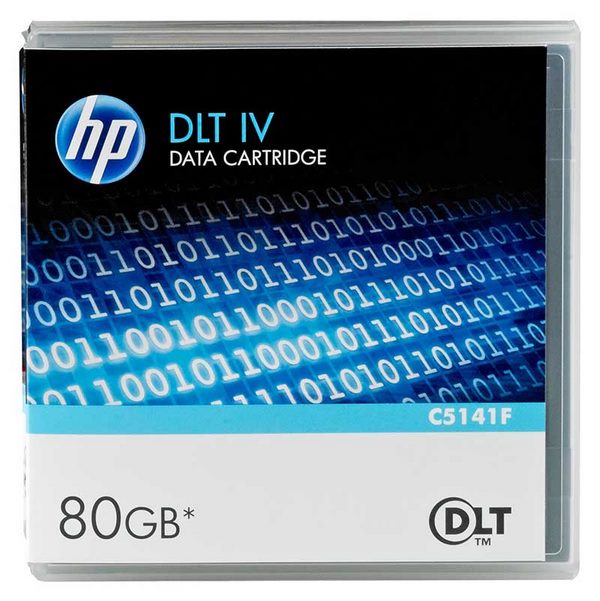
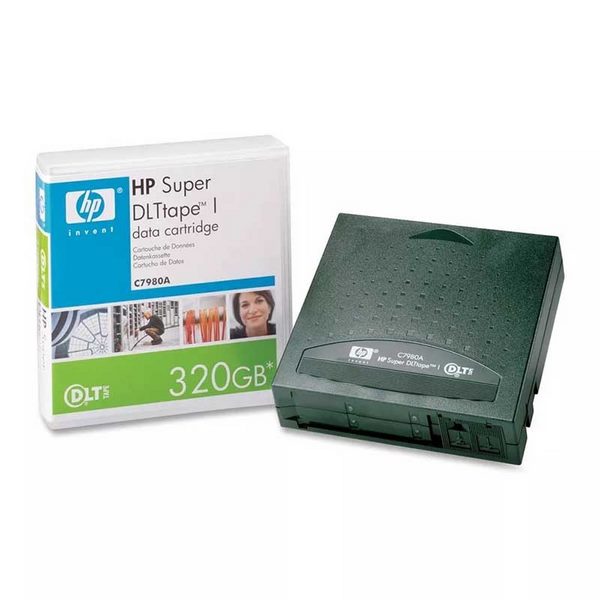
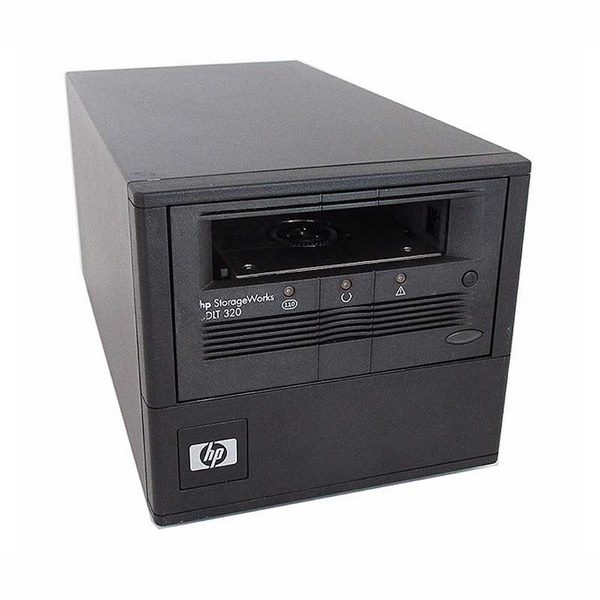



SLR (Scalable Linear Recording)
SLR (Scalable Linear Recording) is a data storage format developed by Tandberg Data GmbH. Tandberg Data GmbH is a company based in Dortmund, Germany, and stands out as the sole manufacturer still active in producing tapes in the QIC (Quarter-Inch Cartridge) formats.
The QIC formats have a long history and have been widely used for data backup and storage. These formats offer a practical and cost-effective solution for medium and long-term storage needs. As a pioneer in this field, Tandberg Data GmbH has played a key role in the development and manufacturing of these tapes.
SLR, an abbreviation for Scalable Linear Recording, is the name given by Tandberg Data GmbH to its range of tape drives based on the QIC format. This format offers scalable linear read and write technology, allowing for increased storage capacity and improved performance. It is compatible with existing QIC standards, making system migration and compatibility with existing tapes easier.
Thanks to its robust design and proven reliability, the SLR format is used in various domains, such as data centers, archives, and enterprise backup systems. SLR drives offer advantages such as high storage capacity, high transfer speeds, and extended tape lifespan, making them a preferred choice for organizations requiring reliable backup and long-term data protection.
In conclusion, SLR is a data storage format developed by Tandberg Data GmbH that leverages the advantages of QIC formats. This format provides a practical, scalable, and reliable solution to meet the backup and storage needs of businesses. With its reputation for reliability and performance, the SLR format continues to be used in many environments where data protection and accessibility are essential.
SLR versions
Quarter inch formats :
Eight millimeter formats :
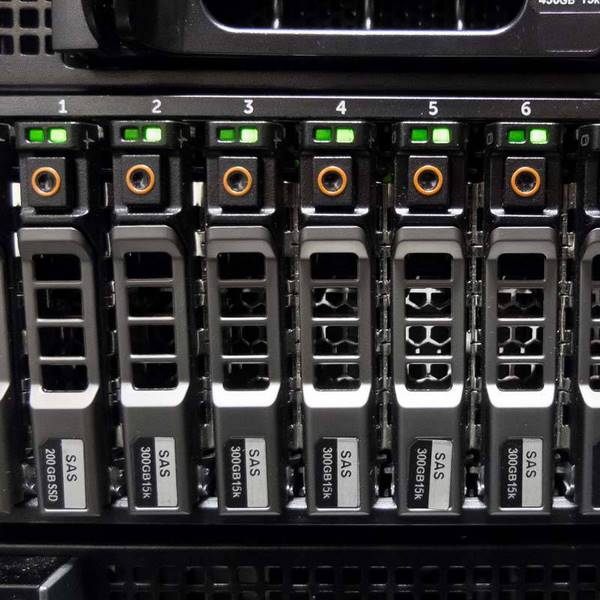

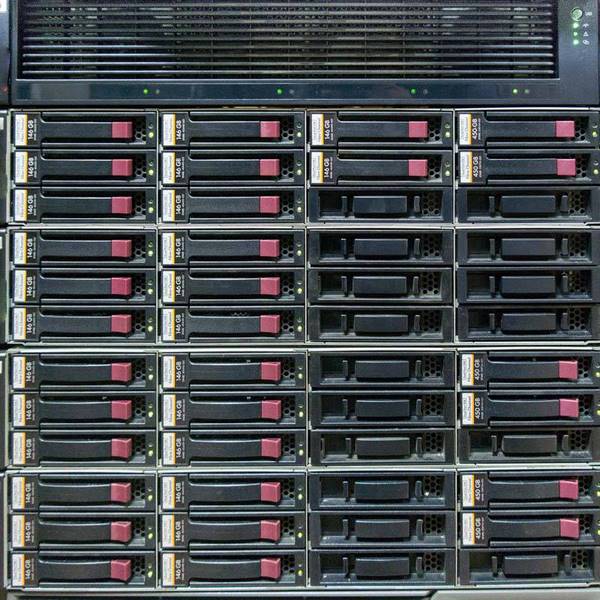



AIT (Advanced Intelligent Tape)
The AIT (Advanced Intelligent Tape) format, originally developed and managed by Sony, is a format that is currently on the decline. This storage technology has undergone two different form factors over time, offering options to users based on their specific needs.
The first version of the AIT format, known as Classic AIT, used cassettes similar to those of "Video8" video cassettes. These cassettes offered moderate storage capacity and were widely used in various backup and data storage applications.
A further evolution of the AIT format occurred with the introduction of the SAIT (Super AIT) version. This version used cartridges in a format similar to DLT (Digital Linear Tape) or LTO (Linear Tape-Open) cartridges. SAIT cartridges provided greater storage capacity, thus meeting the growing demands for backup and data storage.
However, despite its popularity and improved performance, the AIT format has gradually lost relevance in the market. In March 2010, Sony announced the discontinuation of the AIT product manufacturing line, marking a turning point in the history of this technology.
Despite its current status of decline, the AIT format has been widely used in the past and has significantly contributed to the evolution of data storage solutions. It served as a bridge between older tape backup technologies and newer, more advanced storage media. The legacy of the AIT format can be found in current storage technologies, which have benefited from advancements and lessons learned from this technology.
In conclusion, the AIT format, developed and managed by Sony, is currently on the decline. Although it was widely used in the past, the evolution of storage technologies has led to its decline. Nevertheless, the AIT format has played an important role in the history of data storage and has paved the way for new advancements in the field.
AIT generations
One of the major advantages of AIT tapes lies in their remarkable compatibility across different generations of AIT tapes. This feature allows AIT tape drives to read and write on multiple generations of media, offering great flexibility and continuity of operation.
This compatibility between generations of AIT tapes brings several benefits. Firstly, it allows businesses and users to maximize their initial investment in storage hardware. By using an AIT tape drive that is compatible with multiple generations of tapes, they can continue to leverage their older media while having the option to adopt new media to meet their growing storage needs.
Furthermore, this compatibility also facilitates the migration of data to newer and more advanced media. Users can smoothly transition to later generations of AIT tapes without experiencing major disruptions. This ensures operational continuity and data integrity, as there is no need for massive data conversion or transfer from one media to another.
AIT tapes generations :
SAIT tapes generations :






